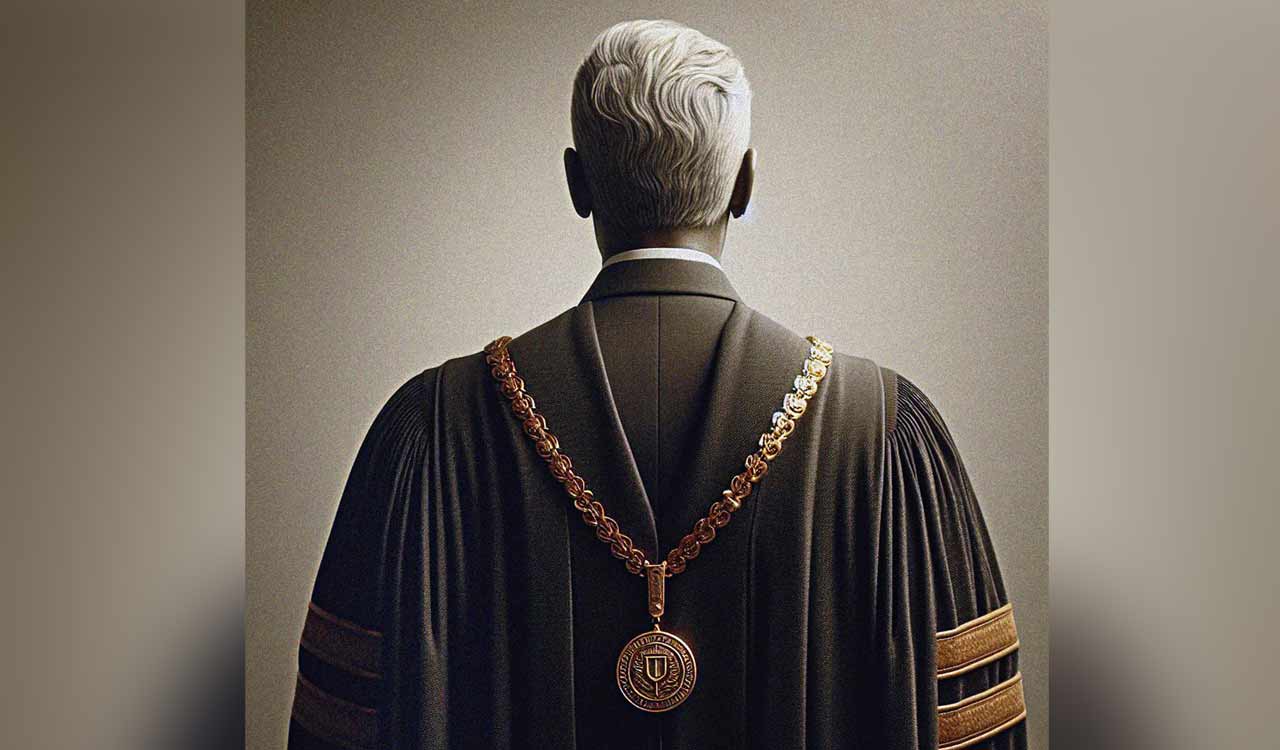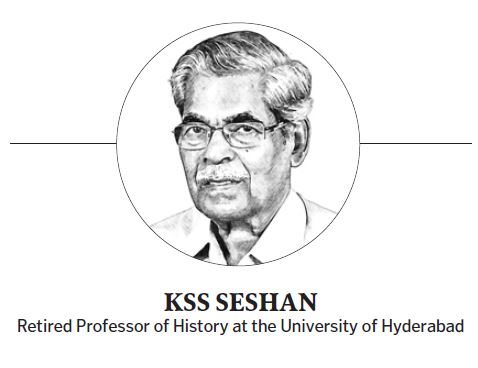The practice of identifying eminent academics for VC post with no known political affiliation has become a thing of the past
Published Date – 15 February 2024, 11:59 PM

By KSS Seshan
Of late, State governments are adopting a new method to fill the Vice Chancellor positions in universities by calling for applications from eligible candidates just like any other job in the public or private sectors. The practice of appointing university Vice Chancellors based on their applications, shortlisting those applications, conducting interviews, preparing a merit list applying roster system, and appointing such “selected” candidates for a specific term has become the new norm.
A few decades ago a person of high academic distinction with considerable experience in administration, impeccable conduct and no known political affiliation used to be appointed as a Vice Chancellor. In many cases, senior professors, based on their academic distinction, commitment and research abilities, got elevated as Vice Chancellors. In some cases, outstanding public figures and educational administrators also served as Vice Chancellors.
Onerous Task
With the mushrooming of universities in recent times, there have also been drastic changes in matters of the appointment of Vice Chancellors. The Vice Chancellor as the administrative head has several tasks to discharge. Apart from being a reputed academic scholar in his chosen field, the Vice Chancellor should primarily possess the innate quality of taking along all the three wings of a university — faculty, staff and students — with great equanimity and balance.
The most onerous task of a Vice Chancellor, however, is dealing with issues concerning students for whose primary sake the very institution exists. Students at the university level are supposed to be more mature, responsible and academic-oriented, unlike their counterparts in schools and colleges. As students joining a university are already graduates and postgraduates, they are expected to be more inclined towards academics and research activities than behavioural issues. But students being students of whatever age group or whatever level of education they pursue, they are likely to have their own issues for which they look up to the Vice Chancellor to help solve their periodic demands.
Besides, the Vice Chancellor also has work in close liaison with funding agencies like the University Grants Commission (UGC) and the government. It is also necessary that the Vice Chancellor plans for the development of the university, both in physical and academic terms — new courses, periodic assessment of the existing curriculum, maintaining teaching and research standards, improving infrastructure and smooth conduct of examinations etc. Besides, the Vice Chancellor should also have a clear vision of the university’s outreach opportunities.
A university being an institution of higher education, and of affiliating in nature, the required leadership qualities are different from those of a government or corporate body. It is exactly for this reason that academic leaders with great track records endowed with merit and an innate conviction were chosen to head universities as Vice Chancellors earlier.
Great Visionaries
Till about the 1970s, Vice Chancellors were chosen and invited by the government and in many cases were continued beyond their specific terms. Dr A Lakshmanaswami Mudaliar was Vice Chancellor of Madras University for a record 27 years (1942-69), the longest service ever held by any Vice Chancellor in the country. A world-renowned gynaecologist, (reported to have attended the deliveries on Queen Elizabeth II of Britain), AL Mudaliar, as he was familiarly known, set up such a system of administration that the university became a model for many and Madras University was called ‘Oxford of India’ in those days. Mudaliar had the rare distinction of having his life-size bronze statue on the university premises unveiled at the initiative of the University Senate, much against his will.
Legendary personalities like Ashutosh Mukherjee, Vice Chancellor of Calcutta University (1906-14), Sarvepalli Radhakrishnan at Andhra and Banaras universities and Madan Mohan Malaviya at Banaras Hindu University earned encomiums with their meritorious services there. Prof Gurbaksh Singh of the University of Hyderabad (UoH) and G Parthasarathi of JNU, Delhi, also as founder Vice Chancellors of those universities, left indelible marks for generations to remember.
There were Vice Chancellors with zeal and enthusiasm to build universities on strong foundations that gave importance to merit overlooking formal degrees in the appointment of professors and other faculty. In 1954, when Sri Venkateswara University came up in Tirupati with S Govindarajulu Naidu as its Vice Chancellor, to have a head start for the Department of Telugu, Naidu personally went to renowned poet Rayaprolu Subba Rao, who had retired from Osmania, and requested him to join the new university. The story goes that to make him accept the offer, the Vice Chancellor politely told him that his salary would be one rupee more than what he as Vice Chancellor would get. Rayaprolu obliged seeing the commitment of the Vice Chancellor. Rayaprolu was the first professor of Telugu at the fledgling university. On the same lines, a former Vice Chancellor of Annamalai University, Prof Manavala Ramanujam, was brought as the first Principal of Sri Venkateswara University by Naidu. CR Reddy, the founder Vice Chancellor of Andhra University at Waltair, was also known to have appointed extraordinarily talented people as professors. Mallampalli Somasekhara Sarma, a renowned epigraphist and historian but without any formal collegiate qualifications, was appointed in Andhra University. Rallapalli Anantha Krishna Sharma was also CR Reddy’s ‘find’ for Mysore University when he was the educational adviser to the Maharaja of Mysore. It is on record that Ashutosh Mukherjee, when heading Calcutta University as its Vice Chancellor, ‘discovered’ and invited eminent scholars like Sir CV Raman, S Radhakrishnan and Srinivasa Ramanujan to serve at Calcutta University.
Changed Scenario
By the 1980s and 90s, there came the system of appointing Vice Chancellors through an elaborate process of government constituting a “Search Committee” which would recommend a panel of names to the government, which, in turn, would send the said panel to the State Governor. The Governor as the Chancellor of the University would choose one and thus the Vice Chancellor was appointed. But in recent years, as there has been great competition for the post of Vice Chancellors for reasons other than academic considerations, the practice of identifying eminent educational leaders to be chosen as Vice Chancellors has become a thing of the past. Today, one has to seek the Vice Chancellor’s post by sending an application, attending interview along with a couple of hundreds and getting selected.
At this pace, the day may not be far off when coaching centres will proliferate with advertisements enticing aspiring candidates for training them to ace the interviews for recruiting Vice Chancellors.





